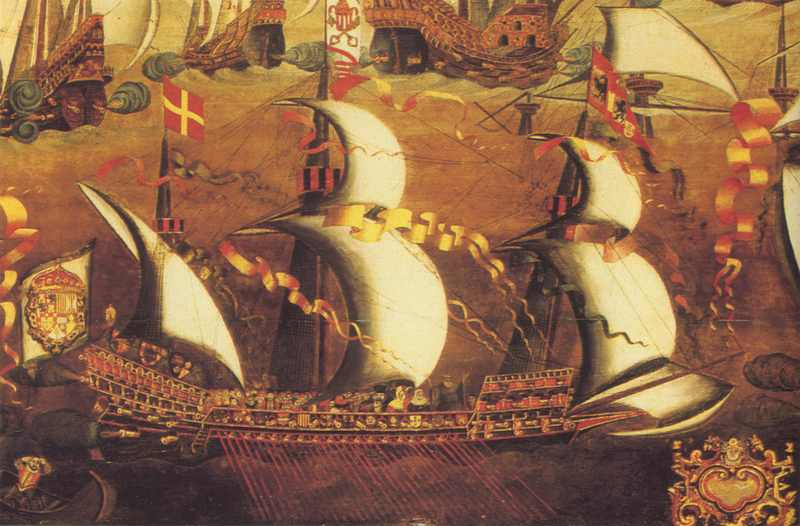On April 14, Fred Walker, well known for his wide experience as shipyard manager in Aberdeen for many years and consulting naval architect to the National Maritime Museum at Greenwich, gave a fascinating and entertaining talk about shipbuilding at Smallhythe, to a packed East Street Museum. There was standing room only!
Who would have guessed that Smallhythe shipyard was “on the cutting edge of medieval technology”, as Walker described it.
Smallhythe is now a little hamlet, with a church and cottages showing the marks of the heavy timbers used by the shipbuilders and sheep in the surrounding fields. The church has a relatively recent window, displaying a stained glass roundel of a ship, an acknowledgement of the hamlet’s history. The high ground, the Isle of Oxney, is seen across the flat polders, with the Reading sewer (drain) running along past Ellen Terry’s house. In the 16th century, the water came right up to here, with the river surrounding the Isle of Oxney and running out to the sea at Rye.
How did Smallhythe become a prosperous port? Political history tells its own tale, when Henry VIII built a number of bases “for the defence of the realm” facing south east Europe. Was this the first arms race, as suggested by Walker?
Between 400 and 600 years ago, however, Tenterden was the hub of a lively shipbuilding community, with the local yards at Smallhythe, three miles away and Rye six to seven miles away.

The audience heard about the successful port, with trading ships of considerable size coming up on the high tides, repairs and actual shipbuilding. There were 38 shipwrights, in three or four teams. The layout of the yard and the process of building and launching a ship was described, evidence suggesting that ships at Smallhythe were launched bow first, edged into the water at the highest tide. For example, in 1548 the Grand Mistress was launched. This was a galleass, a full ship with oars to manoeuvre in times of sea battles. On its completion, the ship’s company was made up of 22 soldiers and men, 30 gunners and a total of 250 in all. A typical ship of this kind can be seen as graffiti on the wall of Snargate Church, which is worth a visit.
Want to know more? ‘”From Ships to Sheep. The Story of Smallhythe” has just been published, in fact on the day of the lecture, and will be available to buy from Rye Museum, East Street.
Ref: From Ships to Sheep The Story of Smallhythe. Conceived and compiled by Maurice Dalton. Published with the support of Smallhythe 500. By Tony Buttler, Maurice Dalton, Susannah Mayor and Fred Walker.
Photo: Fred Walker




Such an interesting talk and I also bought a copy of the book. It’s beautifully illustrated in colour and gives a full account of the shipbuilding era. I recommend it.